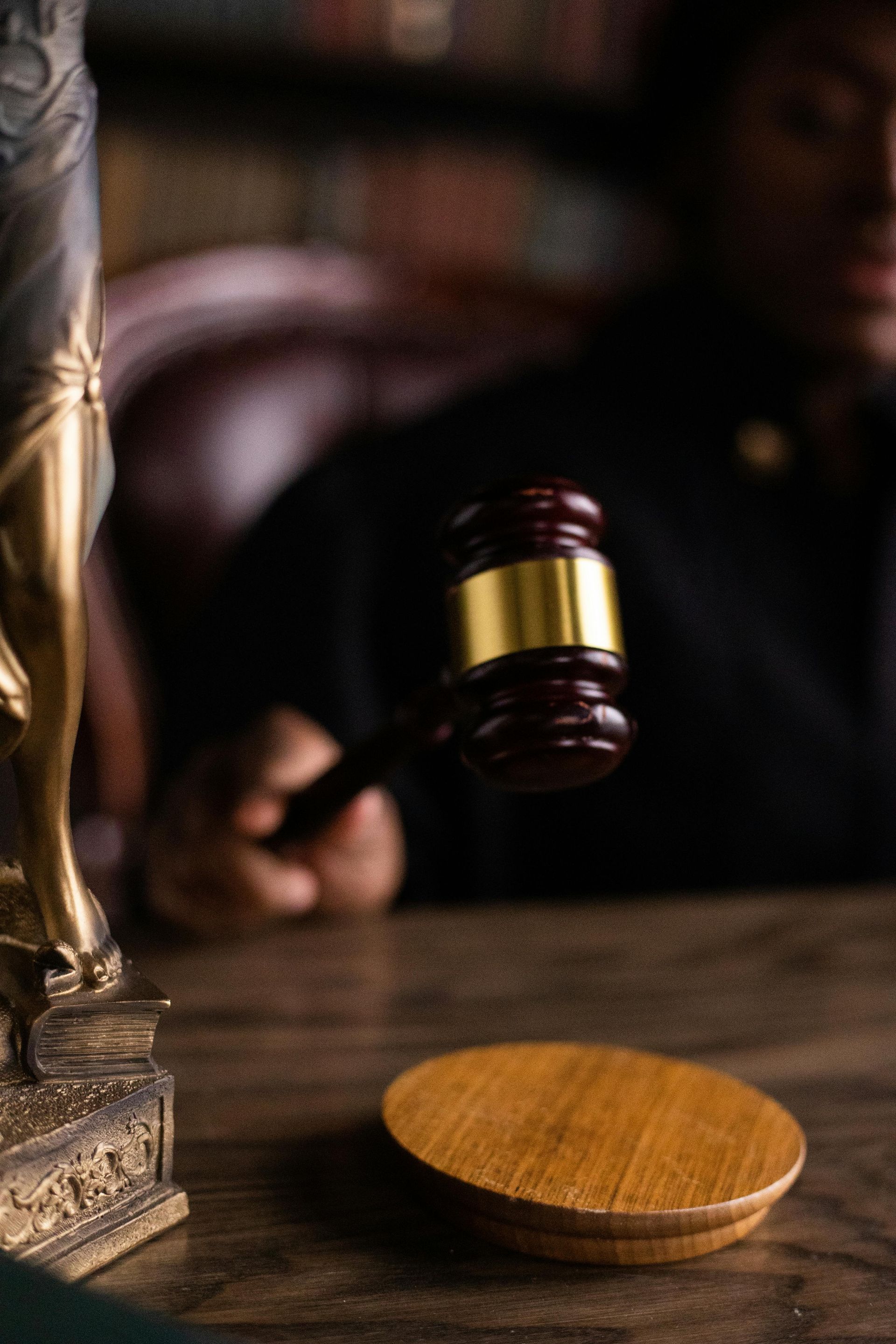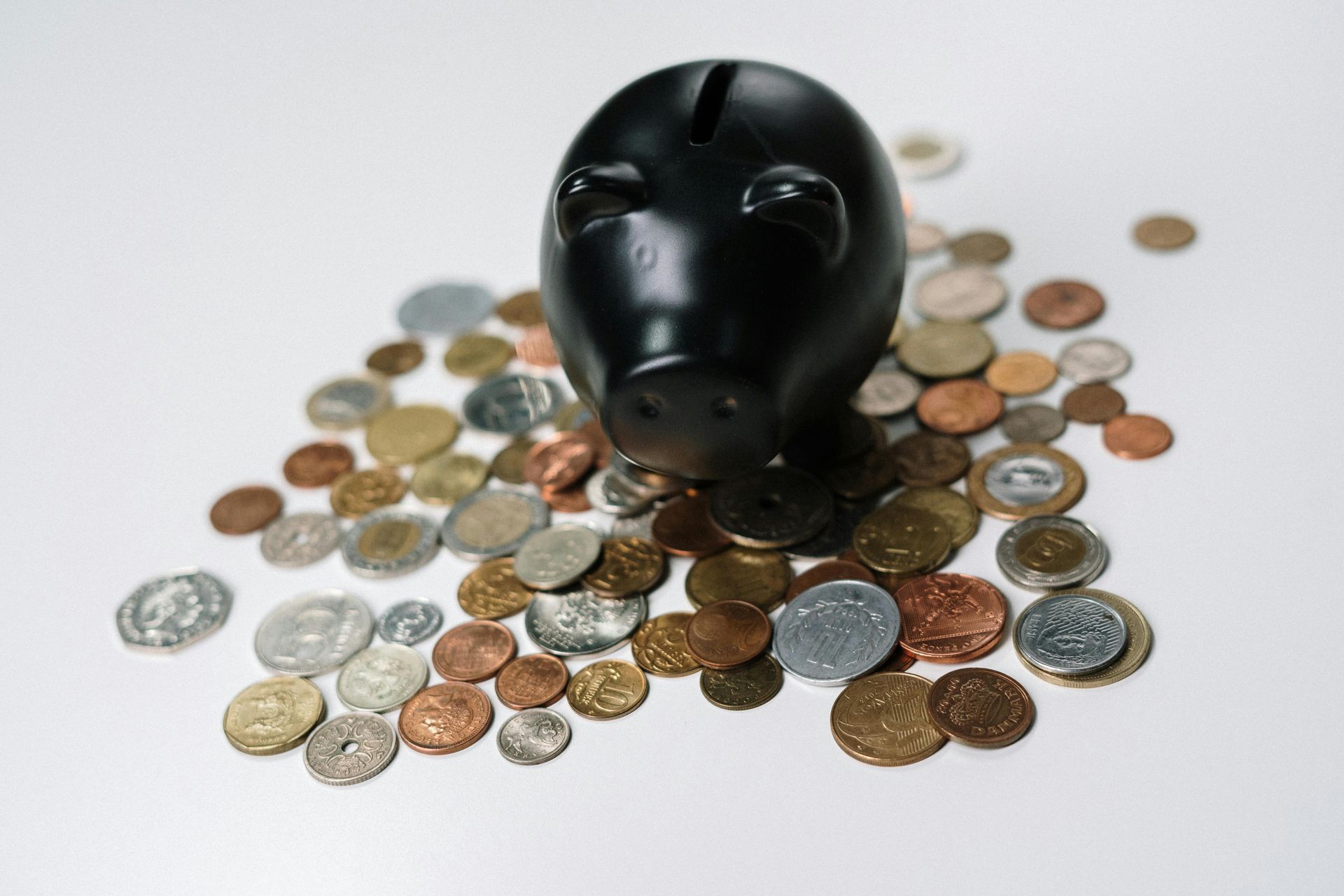How Chapter 11 Bankruptcy Impacts Business Owners and Investors
How Chapter 11 Bankruptcy Impacts Business Owners and Investors
For business owners and investors, financial challenges can arise unexpectedly, leaving them searching for options to restructure debt and regain stability. Chapter 11 bankruptcy is a legal process that allows businesses to reorganize while continuing operations. However, its impact on business owners and investors varies depending on factors such as the structure of the business, the level of debt, and the reorganization plan.
Chapter 11 Bankruptcy for Business Owners
Chapter 11 is commonly used by corporations, partnerships, and sole proprietors facing financial distress. Unlike Chapter 7, which involves liquidation, Chapter 11 enables businesses to restructure their debts and continue operations under court supervision.
- Sole Proprietors: Since sole proprietors are personally liable for business debts, Chapter 11 allows them to restructure both personal and business obligations, helping them avoid liquidation while keeping their business running.
- Corporations and LLCs: For incorporated businesses, Chapter 11 shields personal assets from business liabilities. The business itself files for bankruptcy, and the owner’s personal assets remain separate unless they have provided personal guarantees for business loans.
- Operational Control: In most cases, business owners remain in control as debtors-in-possession, managing daily operations while working with creditors to develop a repayment plan.
Impact on Investors
Investors, including shareholders and stakeholders, may experience significant financial consequences when a business files for Chapter 11.
- Stock Value Decline: Publicly traded companies undergoing Chapter 11 typically see a sharp drop in stock value, and in some cases, shares may become worthless if the company cannot successfully reorganize.
- Debt Restructuring: Bondholders and lenders may see changes in repayment terms, including reduced interest rates or extended repayment periods. Some unsecured creditors may not recover their full investment.
- Priority of Payments: In bankruptcy proceedings, secured creditors are paid first, followed by unsecured creditors, and then shareholders. Investors in common stock are at the lowest priority, meaning they are least likely to recover funds.
The Chapter 11 Reorganization Process
The reorganization process involves several key steps:
- Filing for Bankruptcy: The business submits a petition, disclosing assets, liabilities, and a plan for restructuring.
- Automatic Stay: Creditors are temporarily barred from collection efforts, allowing the business time to restructure.
- Debtor-in-Possession Status: The business continues operations while working under court supervision.
- Negotiating a Plan: The debtor presents a repayment plan to creditors, which must be approved by the court.
- Debt Repayment and Compliance: Once the plan is confirmed, the business follows the repayment terms while maintaining financial oversight.
How The Law Offices of Andy Winchell, P.C. Can Help
Navigating a Chapter 11 bankruptcy requires strategic planning and legal guidance to protect business interests and investor relationships. At The Law Offices of Andy Winchell, P.C., we assist New Jersey business owners in restructuring debt while maintaining operational control. Whether you are an entrepreneur seeking to protect your business or an investor evaluating financial risks, our firm provides legal solutions tailored to your situation.











